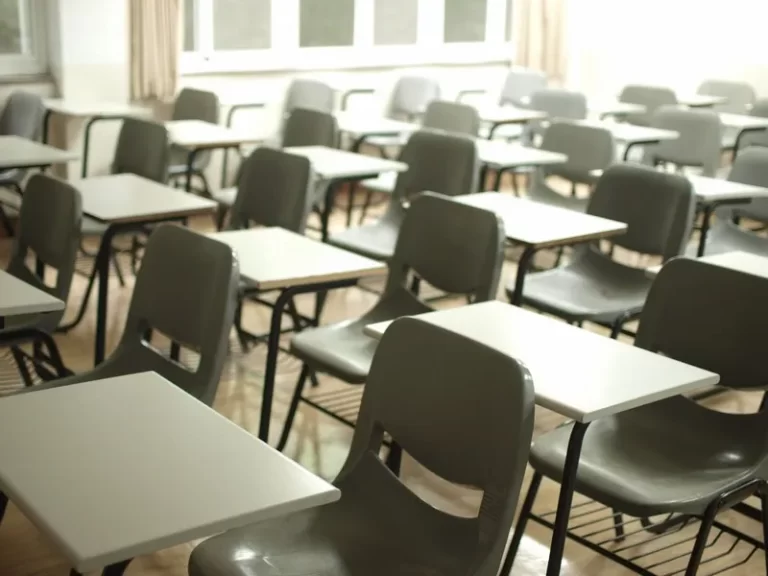Table of Contents
- Theoretical Foundations
- Empirical Evidence of Class Disparities
- Sociological Implications
- Case Studies
- Conclusion
Class attainment at A-Level is a critical area of study within the sociology of education, reflecting broader social inequalities and their reproduction through educational institutions. This topic examines how socio-economic status (SES) influences educational outcomes at the A-Level stage, which is pivotal for students’ future educational and occupational trajectories. This paper will explore the theoretical foundations, empirical evidence, and sociological implications of class-based disparities in A-Level attainment, providing a comprehensive understanding suitable for an undergraduate audience.
Theoretical Foundations
Bourdieu’s Theory of Cultural Capital
One of the primary theoretical frameworks used to understand class attainment in education is Pierre Bourdieu’s theory of cultural capital. Bourdieu posits that cultural capital, comprising knowledge, skills, education, and any advantages a person has that give them a higher status in society, is critical in educational success. Middle and upper-class families are more likely to possess and transmit high levels of cultural capital to their children, which aligns with the dominant cultural norms of the education system. This alignment facilitates higher attainment levels as these students are better equipped to navigate the academic environment.
Marxist Perspectives on Education
Marxist theories also provide a critical lens through which to view class attainment at A-Level. According to Marxist scholars, education systems reproduce class inequalities by perpetuating the capitalist status quo. They argue that the curriculum, pedagogy, and assessment methods favor the dominant class, marginalizing working-class students. This perspective highlights how the education system serves the interests of the ruling class by ensuring that those from lower socio-economic backgrounds have fewer opportunities for upward mobility.
The Role of Social Reproduction
Social reproduction theory, largely influenced by the work of sociologists such as Basil Bernstein and Samuel Bowles and Herbert Gintis, argues that educational institutions play a key role in reproducing existing class structures. Schools are seen as mechanisms that perpetuate social inequalities by systematically advantaging students from higher socio-economic backgrounds while disadvantaging those from lower socio-economic backgrounds. This reproduction occurs through various means, including differential access to resources, biased assessment practices, and the hidden curriculum that favors middle-class values and behaviors.
Empirical Evidence of Class Disparities
Statistical Trends in A-Level Attainment
Empirical studies consistently demonstrate significant disparities in A-Level attainment between students from different socio-economic backgrounds. Statistics from educational agencies reveal that students from higher socio-economic status families are more likely to achieve top grades at A-Level compared to their lower SES counterparts. For example, a report by the Department for Education in the UK indicates that students from affluent families are disproportionately represented among those achieving A* and A grades. These disparities are often attributed to differences in access to quality schooling, private tutoring, and other educational resources.
Access to Educational Resources
Get the full article AD FREE. Join now for full access to all premium articles.
View Plans & Subscribe Already a member? Log in.





